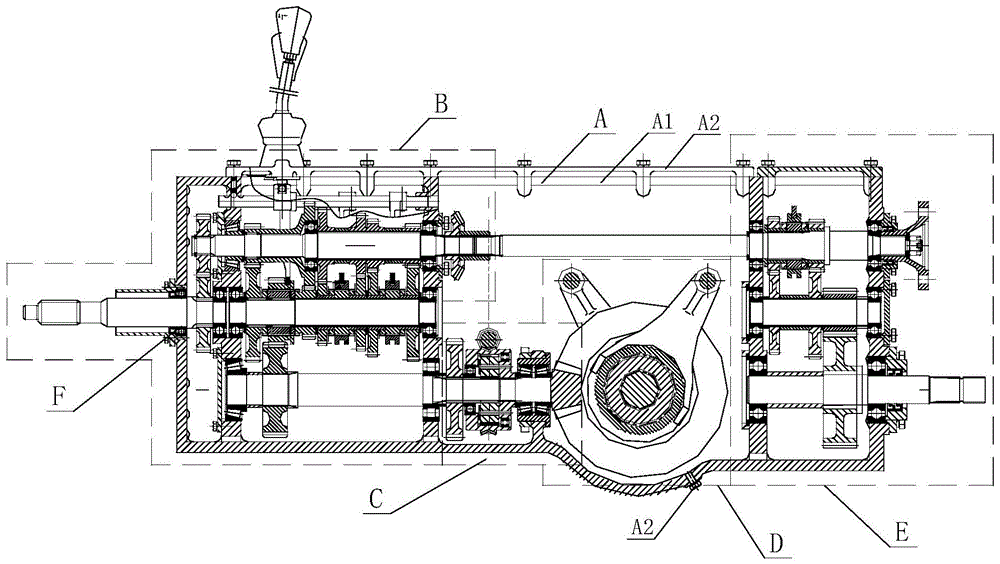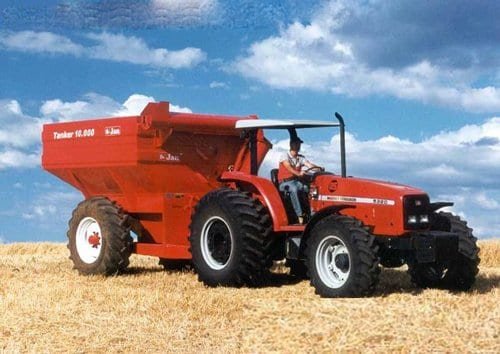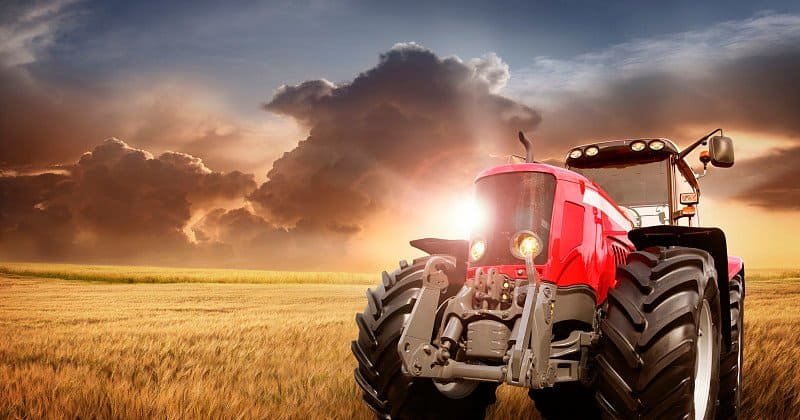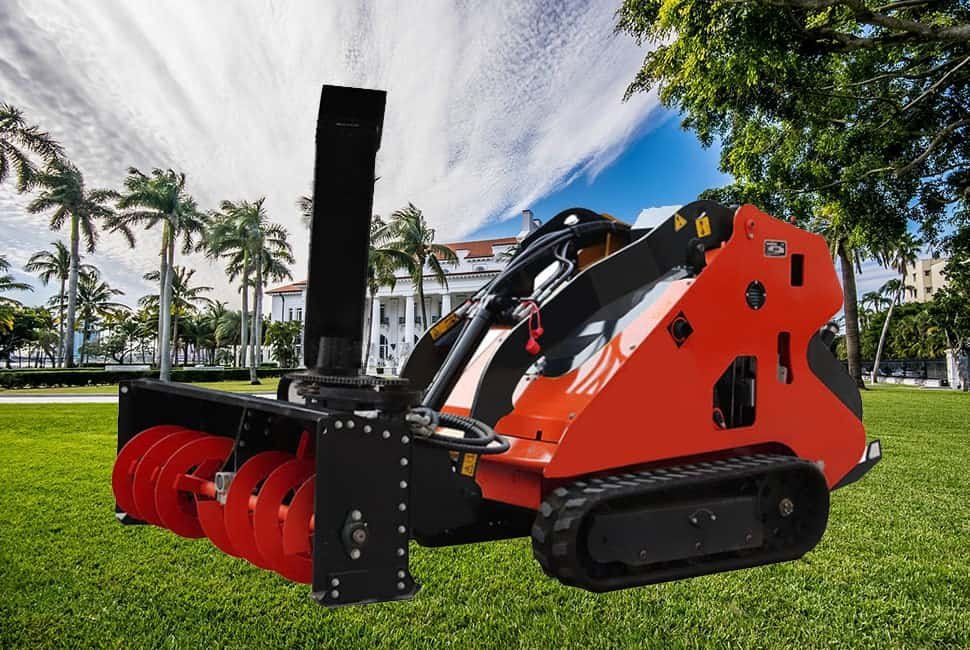The five essential parts of a farm tractor are the engine, transmission, axles, steering system, and hydraulic system. These components work together to provide the power, control, and functionality necessary to meet the demands of modern agriculture. Understanding how each part functions and contributes to the overall performance of the tractor can help farmers and agricultural professionals make informed decisions when selecting or maintaining their farm tractors.
1. The Engine: The Heart of the Tractor
The most important part of a farm tractor is the engine. The engine provides the power to do all the work on the farm, from plowing and planting to pulling and hauling. Almost all farm tractors use diesel engines because of their fuel efficiency and durability, especially in heavy-duty work. The number of horsepower the engine has determines how much work a tractor can do, such as pulling heavy implements like plows or combines.
Engines in farm tractors, especially older models, work in dirty conditions and often at full power for long periods of time. The engine must be built strong enough to handle the tough conditions on a farm. Regular oil changes, filter changes, and other maintenance are critical to engine performance. A properly maintained engine is more fuel-efficient and experiences fewer unexpected failures, which can lead to costly downtime.
Key Features of Tractor Engines:
- Horsepower: Higher horsepower engines allow for more demanding tasks like hauling large loads.
- Efficacité énergétique: Diesel engines are known for their low fuel consumption, making them ideal for cost-effective farming.
- Durabilité: Farm tractors need engines that can withstand heavy use in harsh conditions.

2 The Transmission System: Power Transfer Made Efficient
The transmission is responsible for taking the power from the engine and efficiently transferring it to the wheels, or implements in the case of power take-off (PTO). The transmission controls the speed and direction of the tractor. There are a few different types of transmissions available for farm tractors, including manual, power shift, and continuously variable transmissions (CVT).
One of the newer advantages of tractors with CVTs is that the operator can easily adjust the speed of the tractor to the implement. The more you can fine-tune your speed when plowing or mowing, the better job you will do and the less tired you will be at the end of the day. A good transmission system will also help you save fuel by keeping your engine working at the best RPM for the job.
Key Features of Tractor Transmissions:
- Speed Control: The transmission allows farmers to change speeds based on the task, such as high speeds for transportation or low speeds for heavy-duty work.
- Power Shift and CVT: These advanced systems provide smoother gear transitions, improving the tractor’s overall efficiency and ease of use.
- Efficacité énergétique: Proper transmission ensures that the engine runs at an optimal speed, which reduces fuel consumption.
3 et 3 Hydraulic System: Lifting and Powering Attachments
The hydraulic system provides the power to run the implements on the tractor, like the three-point hitch, loader, or backhoe. The hydraulic system uses pressurized fluid to provide the force needed to lift or push heavy loads. Without a properly operating hydraulic system, a tractor would be useless to run many of the necessary attachments, making it an inefficient tool.
The hydraulic system also makes it easy to raise and lower implements on the tractor with little effort from the operator. Whether you are picking up a plow or using a front-end loader, the hydraulic system allows you to tackle a broad range of tasks efficiently. For heavy-duty work like lifting a big round bale of hay or moving materials, having a high-flow hydraulic system is essential.
Key Features of Tractor Hydraulic Systems:
- Powering Implements: Hydraulic systems power various tractor attachments, improving versatility and productivity.
- Precision Control: The hydraulic system offers fine control over the movement of heavy equipment, reducing human effort and increasing accuracy.
- Flow Rate: The efficiency of the hydraulic system is determined by its flow rate, with higher flow rates offering better lifting capacities and faster operation.

4 The Tires: Maximizing Traction and Efficiency
There are multiple different types of tires available for tractors, including industrial, turf, and agricultural tires. Each type of tire has characteristics that make it well-suited for different conditions. Turf tires, for example, are ideal for mowing on a golf course or other grassy areas. Industrial tires are best when the tractor will spend most of its time on concrete or other hard surfaces. Agriculture tires are ideal when the tractor will spend most of its time in the field, with the deep lugs providing excellent traction in the mud.
For example, thick agricultural tires can provide better traction while deep lugs can help keep a tractor from slipping in the mud. A radial tire will help a tractor be more fuel efficient on the road and provide a smoother ride. Even tire size and inflation pressure in a tire can impact a tractor’s ability to reduce soil compaction and save fuel.
Key Features of Tractor Tires:
- Traction: Larger, deeper-tread tires offer better grip in wet, soft, or uneven terrain.
- Soil Compaction: Wide tires or low-pressure tires help prevent excessive soil compaction, which can reduce crop yields.
- Efficacité énergétique: Properly inflated tires reduce rolling resistance, leading to better fuel efficiency.
5 The PTO (Power Take-Off): Powering Implements and Attachments
The PTO (Power Take-Off) is another critical feature of today’s farm tractors. The PTO connects the tractor’s engine to the implements and provides the power to run them. The PTO shaft transfers power to all sorts of implements like mowers, balers, sprayers, and grain augers, allowing them to do their work.
Some tractors have the PTO in the rear, some in the front, and others even have a mid-mount PTO. Depending on the tractor, there are different PTO options available. The PTO speed is typically 540 or 1,000 revolutions per minute (RPM). Selecting the right PTO speed for the implement is critical to making sure both the tractor and the implement are operating at their best.
Key Features of PTO Systems:
- Power Transfer: PTO systems provide the necessary power to operate a wide range of farm implements.
- Versatilité: Front, rear, or mid PTO options allow farmers to use various attachments for different tasks.
- Speed Options: The PTO’s RPM can be adjusted to match the power requirements of the implement.

Conclusion
A farm tractor’s efficiency is determined by the seamless integration of several key components, each contributing to its overall performance. From the engine that powers the tractor to the transmission, hydraulic system, tires, and PTO, these parts ensure that the tractor can perform a wide range of tasks with minimal effort. Regular maintenance and attention to each of these components can help maximize the tractor’s efficiency, reduce downtime, and extend its lifespan. As technology continues to evolve, modern tractors are becoming more powerful, fuel-efficient, and versatile, further enhancing farm productivity.
WhatsApp For More Detailed Information +86 19315780097


